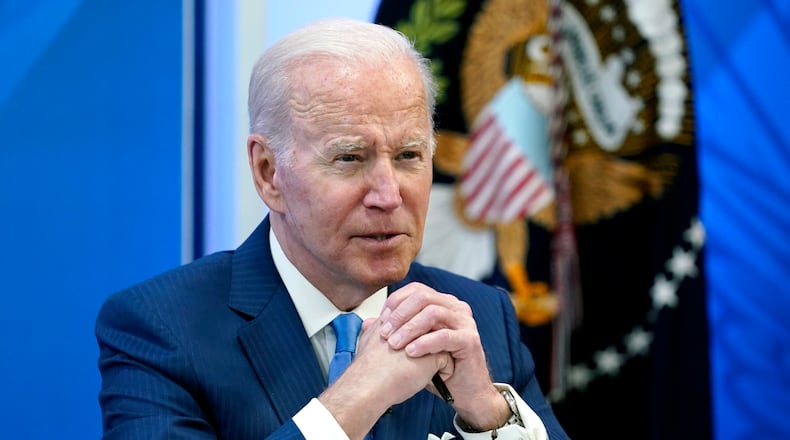The Department of Education has instructed student loan servicing contractors to “hold off” on issuing billing statements to borrowers for September, according to the Wall Street Journal. Those instructions led to speculation that President Joe Biden might renew the extension, or announce plans to eliminate some of the $1.7 trillion in student debt through loan forgiveness.
According to The Institute for College Access and Success, 59% of 2019-20 college graduates in the state of Ohio finished their undergraduate degree with some debt, and their average total was $30,605. At Wright State University, 64% of graduates left in debt, owing on average $28,592. Students at the University of Dayton, a private university, owed above the state’s average at $32,781, with 54% of students graduating in debt.
TICAS Senior Director of College Affordability Michele Streeter advised borrowers to watch for notices from the Department of Education and their loan servicers to stay up-to-date with any changes. She expects servicers to be “overloaded with requests” of people trying to change their repayment plans, so she recommends making plan updates before the deadline as to not delay the process.
“When the administration last extended the repayment pause in April, it announced that all borrowers with paused loans would receive a ‘fresh start,’ essentially eliminating the impact of delinquency and default by allowing students to reenter repayment in good standing,” Streeter said. “Details of how this will be administered are still unknown, but we are hopeful that it will give all borrowers a clean slate and allow them to rebuild their lives by relieving the economic pressure of default.”
Biden campaigned on a reduction of student loan debt and has since canceled debt for certain student populations, including 200,000 students who claimed they were defrauded by their schools. He has shared intentions to erase $10,000 in student loan debt for every student borrower making under $150,000 annually.
White House officials clarified June 6 to the Wall Street Journal that a decision would likely come in July or August. Biden said at the end of June that student loan forgiveness as well as another pause were “all on the table right now.”
A U.S. Department of Education spokesperson said that once a decision has been made, the department will contact borrowers directly to relay information about next steps. The department is currently monitoring how both the current economy and the COVID-19 pandemic are affecting student loan borrowers.
Officials of SoFi, a large student-loan refinancing company, said Tuesday that their outlook “assumes the federal student loan payment moratorium will last until January 2023,” according to Business Insider.
In a letter addressed to the president, 105 Democratic members of Congress urged Biden to extend the freeze because of oeconomic issues brought on by the COVID-19 pandemic.
“Resuming student loan payments would force millions of borrowers to choose between paying their federal student loans or putting a roof over their heads, food on the table, or paying for childcare and health care — while costs continue to rise and while yet another COVID-19 variant increases hospitalizations nationwide,” the group said in the letter.
Scott Buchanan, executive director of the Student Loan Servicing Alliance, confirmed that the nonprofit trade association’s service members who handle federal student loans are waiting on the Department of Education and the White House to start communicating again with borrowers. He said student loan forgiveness would mean additional work for servicers, would take months to implement on the servicer’s end and doesn’t address root causes of the student debt crisis like college affordability.
“Millions of borrowers will graduate this year, next year and the next year with hundreds of billions in new federal loans that will have to be repaid— that’s in addition to the millions who would still have large loan balances,” Buchanan said. “The real challenge is that none of these one-time options are real solutions that reduce the cost of college, reduces the need to borrow or helps make their degree a positive economic value for graduates.”
Despite the impending decision from the White House, TICAS suggested on its website that borrowers prepare for when payments and interest resume. People concerned about paying their loans should first enroll in an income-driven repayment plan that would set monthly payments to a percentage of the borrower’s income, according to TICAS.
If financial circumstances have changed, borrowers should update their plans to reflect their income. The institute also recommends borrowers check whether they are enrolled in automatic payments before the pause is lifted.
About the Author

